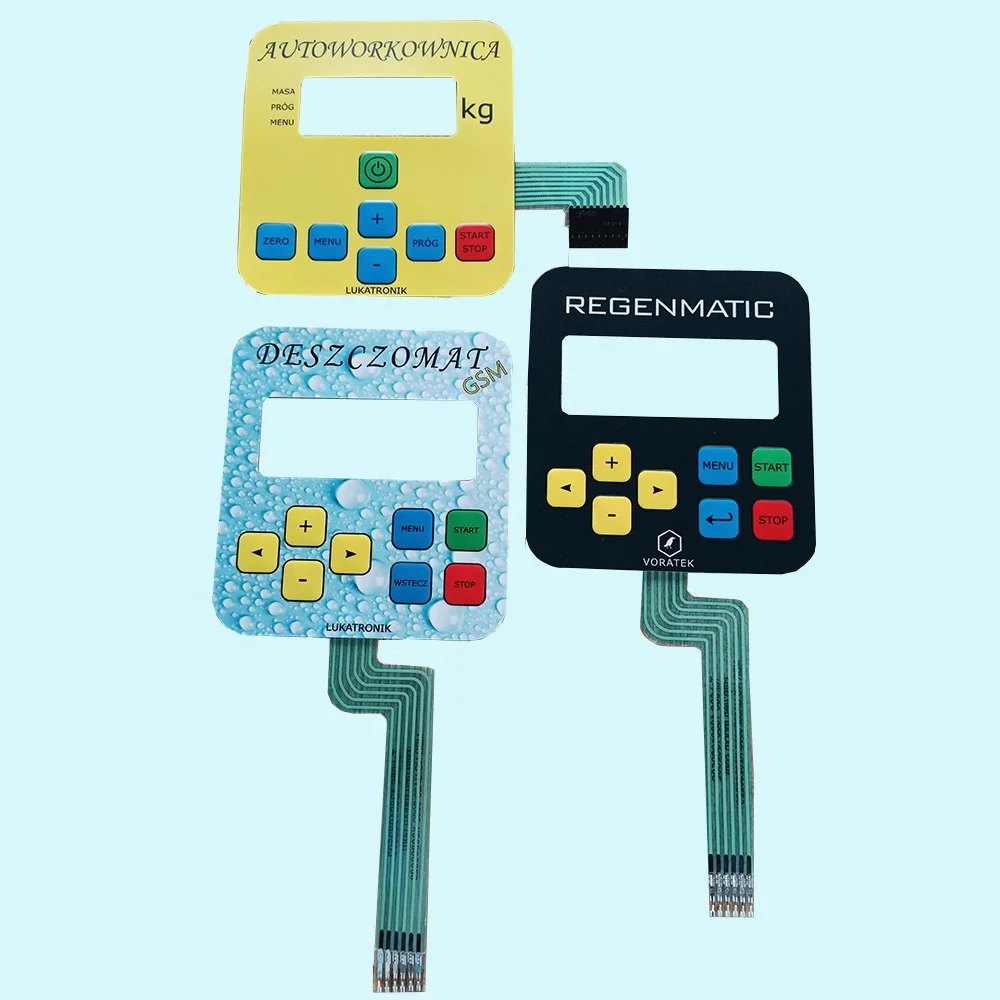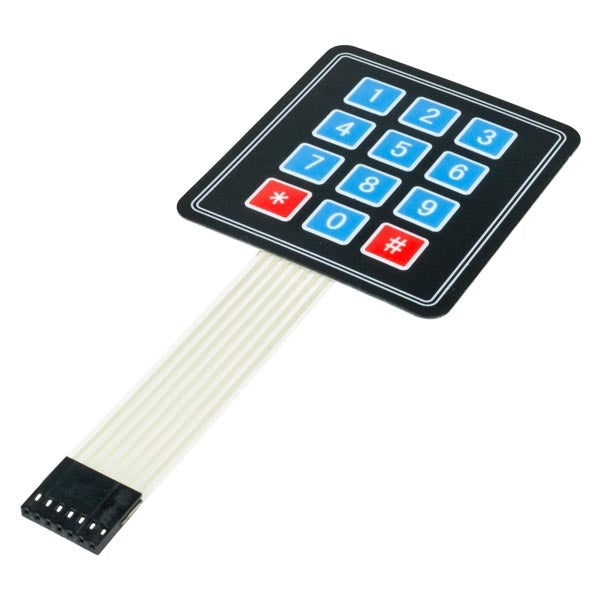The Role of Membrane Switches in Enhancing Device Functionality
The Role of Membrane Switches in Enhancing Device Functionality
Blog Article
Recognizing Membrane Switches Over: The Key to Long Lasting and Reputable Controls

What Are Membrane Layer Buttons?
Membrane buttons are an innovative solution in the world of interface innovation, incorporating performance and style effortlessly. These gadgets act as a user interface between users and digital systems, incorporating numerous elements right into a portable style. Normally built from flexible, thin layers of products, membrane switches are made to reply to touch, enabling users to communicate with equipment and electronic devices successfully.
The primary components of a membrane layer button consist of a printed circuit layer, graphic overlay, and a spacer layer that protects against unplanned activation. The visuals overlay can be personalized to mirror brand identity or customer choices, improving aesthetic appeals while guaranteeing functionality. Membrane switches are generally utilized in different applications, consisting of medical tools, customer electronic devices, and commercial tools, owing to their sturdiness and resistance to environmental aspects such as moisture and dirt.
Among the key benefits of membrane switches is their ability to hold up against damage, making them ideal for high-traffic atmospheres. In addition, they are light-weight and need minimal area, permitting innovative styles in product advancement. Overall, membrane changes stand for a reliable and functional selection for contemporary digital user interfaces, weding technology with user-centric layout concepts.
Just How Membrane Layer Changes Work
The procedure of membrane switches over rest on a straightforward yet reliable device that converts user input into electronic signals. These buttons include multiple layers, generally including a visuals overlay, a spacer layer, and a circuit layer. When an individual presses the switch, the top layer warps, permitting a conductive component in the circuit layer to reach a matching conductive pad on the bottom of the visuals overlay. This get in touch with shuts the circuit and sends a digital signal to the gadget, indicating that the switch has been activated.
The design of membrane switches can differ, yet they typically incorporate domes or tactile components to supply responses to the user, enhancing the total experience - membrane switch. The products used in membrane buttons, such as polyester or polycarbonate, add to their longevity and resistance to ecological elements, consisting of wetness and dust. The published circuits are usually enveloped, which shields them from wear and tear over time.
Benefits of Membrane Layer Buttons

In addition, membrane layer buttons are known for their longevity. Created from durable products, they are immune to dirt, dampness, and physical wear, which dramatically expands their life-span contrasted to typical mechanical buttons. This longevity makes them particularly ideal for high-traffic settings and applications calling for long life.
One more considerable benefit is the ease of cleaning and upkeep. The smooth surface area of membrane layer changes reduces dust buildup and is often unsusceptible spills, making them ideal for setups that need regular sanitization.
Furthermore, membrane buttons use a streamlined profile, bring about a thinner layout that can be integrated into numerous gadgets without adding mass. This attribute not only enhances the visual charm but additionally contributes to a more ergonomic item style.
Applications of Membrane Buttons
Straightforward and flexible, membrane layer switches find applications throughout a wide variety of markets, including clinical devices, customer electronics, and commercial equipment. In the clinical area, these switches are indispensable to devices such as analysis tools, person tracking systems, and infusion pumps, where dependability and ease of cleansing are crucial. Their capacity to useful source maintain and stand up to harsh atmospheres functionality makes them suitable for such applications.

In customer electronic devices, membrane switches are utilized in items like microwaves, washing devices, and remotes - membrane switch. Their sleek design enables instinctive user interfaces, improving the total customer experience while offering longevity and resistance to deterioration
Commercial tools also takes advantage of membrane layer buttons, specifically in control panels for equipment and automation systems. These switches provide security versus dirt and moisture, guaranteeing constant efficiency in challenging environments. Their customizable features allow manufacturers to tailor them to specific functional needs, boosting performance and capability.
Picking the Right Membrane Layer Change
When choosing a membrane switch, it is important to consider various variables that affect efficiency and suitability for specific applications. The key factors to consider include environmental problems, responsive comments, sturdiness, and design specifications.
First, analyze the operating setting; switches exposed to dampness, chemicals, or severe temperature levels need particular products to make certain durability and performance. Next, examine the requirement for responsive comments. Depending on user interaction, some applications may profit from a responsive reaction to confirm activation, while others might prefer a non-tactile layout for aesthetic factors.
Durability is one more vital factor; membrane layer switches must be designed to hold up against regular usage, effects, and abrasion. Make certain the chosen button can withstand the anticipated lifecycle, particularly in high-usage circumstances.

Final Thought
In conclusion, membrane layer switches over serve as vital parts in the design of resilient and trusted control systems throughout various markets. The convenience of membrane changes enables for customized remedies that fulfill specific operational requirements, enhancing their importance in modern-day innovation.
Membrane layer switches represent a critical aspect of contemporary user interface design, blending performance with resilience in various applications.Membrane switches are an advanced option in the realm of individual interface innovation, integrating performance and style perfectly. Usually built from flexible, thin layers of materials, membrane buttons are developed to respond to touch, making it possible for customers to communicate with equipment and digital gadgets efficiently.
The style of membrane buttons can differ, however they commonly integrate domes or tactile elements to give responses to the individual, enhancing the overall experience.In verdict, membrane that site layer changes serve as crucial parts in the style of resilient and reputable control systems throughout different industries.
Report this page